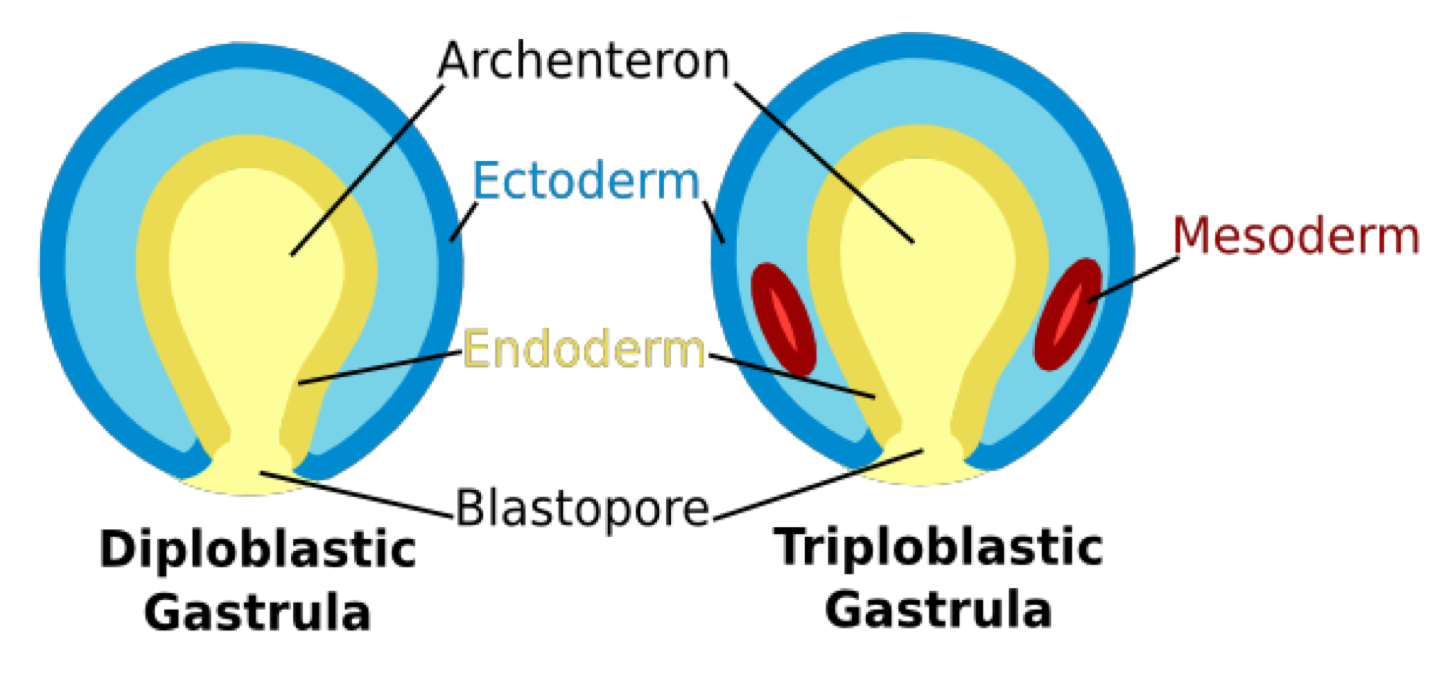BIOL 2003: Lesson 4 (Ctenophores)
1/21
Earn XP
Description and Tags
Ctenophores AND Xenacoelomorpha
Name | Mastery | Learn | Test | Matching | Spaced |
|---|
No study sessions yet.
22 Terms
Ctenophores
comb jellies
8 comb rows with paddle like ctenes for swimming
biradial symmetry
colloblast cells
‘lasso’ cells
exclusively marine
150 species
Ctenes
cillary comb/like groups of cilia used for swimming
swim mouth forwards
by waves of beating cillia acting as propulsion
Where does colour come from
most are colourless and transparent
some deep-water species are pigmented
light refraction off of ctenes acts as a rainbow
not true colour, but light refracting off
bioluminescence
can emit light (usually at night)
phylum with the greatest % of bioluminescence
usually blue and green, via proteins in the photocyte cells
Predation
most have 2 retractable tentacles with adhesive colloblasts
tentacles wiped across the mouth so they can eat
some use muscular mouth lobes to engulf prey
some use cilia on lobes to draw water/prey to mouth
they do not have nematocysts (unlike cnidaria)
Body forms
tentaculate
lobate
thimble-shaped
ribbon shaped
largest animal to swim using cilia
creeping sole
found only at the bottom of the ocean
Nervous system
nerve net similar to cnidarians
nerve plexus concentrated under each comb plate
all have a statocyst
statocyst
sense organ on the aboral pole
has a statolith (calcareous particle) which is used to maintain equilibrium
Reproduction
may be either asexual or sexual
asexual
regeneration of virtually any lost part
sexual
most monoecious (one single animal can produce both sperm and egg)
gametes shed into water via mouth, and free swimming larva
some undergo internal fertilization and brood their eggs
Ctenophores organization
tissue level
Ctenophores symmetry
biradial symmetry
Ctenophores body cavity
no true body cavities
Ctenophores development
diploblastic
Ctenophores segmentation
no true segmentation
Bilateria
bilateral symmetry
mirrored left and right halves when cut on saggital plane, meaning they have an anterior, posterior, dorsal and ventral view
cephalization
triploblasts
Cephalization
development of sense organs at the anterior end to sense environment head-first
moving in one direction
forward movement gives an anterior and posterior
mouth in head region
anus/wastes in rear
Triploblasts
three embryonic germ layers
ectoderm, endoderm, mesoderm
this gives way for the creation of body cavities…
acoelomate: cavity space filled with tissue
pseudocoelomate: cavity filled with fluid, and only partially lined with mesodermal tissue
coelomate: cavity filled with fluid, and fully lined with mesodermal tissue

Xenacoelomorpha
xenoturbella + aceoelomorpha
phylum of the bilateria
bilateral, triploblasts, and acoelomates
lack an anus, nephridia, and circulatory system
pink sock marine worms
Xenacoelomorpha organization
organs
Xenacoelomorpha symmetry
bilateral symmetry
Xenacoelomorpha body cavity
acoelomate
Xenacoelomorpha development
triploblasts
Xenacoelomorpha segmentation
no segmentation